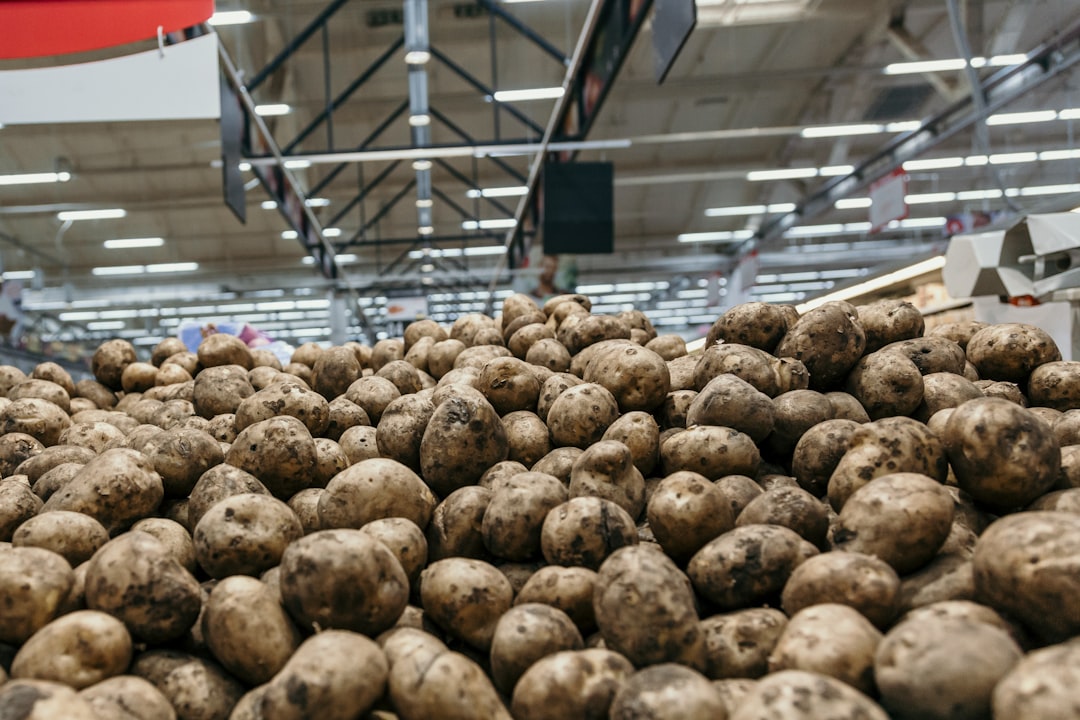What is it about?
A large majority of research into memory processes has focused on the adult and aging brain in particular, the ways in which memories are lost during these time periods. However, an equally important but less-studied topic is the way in which memories are processed and stored by the juvenile or developing brain. It is of particular importance to gain a more complete understanding of how memories are processed by the developing, juvenile brain as these memories may serve critical roles in laying the foundations for cognitive function during adulthood, memory stability during aging and even, more broadly, our day-to-day interactions with our environments. The main objective of this work was to study memory function in juvenile rodents with a focus on key aspects of cellular and neural systems dynamics that underlie the emergence of memory representations.
Featured Image
Why is it important?
The novelty and significance of this line of work is that little is known concerning the fate of memories stored in the juvenile brain so elucidation may prove beneficial in gaining a more complete understanding of basic memory processes. The overall significance to the field of Neuroscience from this work is the elucidation of a clearer picture of how and where memories are represented in the brain during development. This research aims to provide the fundamental knowledge necessary to understand how long-term memories persist amidst constant changes in the brain. The importance of this basic research is highlighted when considering its potential contributions to the understanding and therapeutic treatment of memory impairments and deficits incurred as a result of damage to, or aging of, the brain.
Read the Original
This page is a summary of: Emergence of spatial behavioral function and associated mossy fiber connectivity and c-Fos labeling patterns in the hippocampus of rats, F1000Research, July 2015, Faculty of 1000, Ltd.,
DOI: 10.12688/f1000research.6822.1.
You can read the full text:
Contributors
The following have contributed to this page










